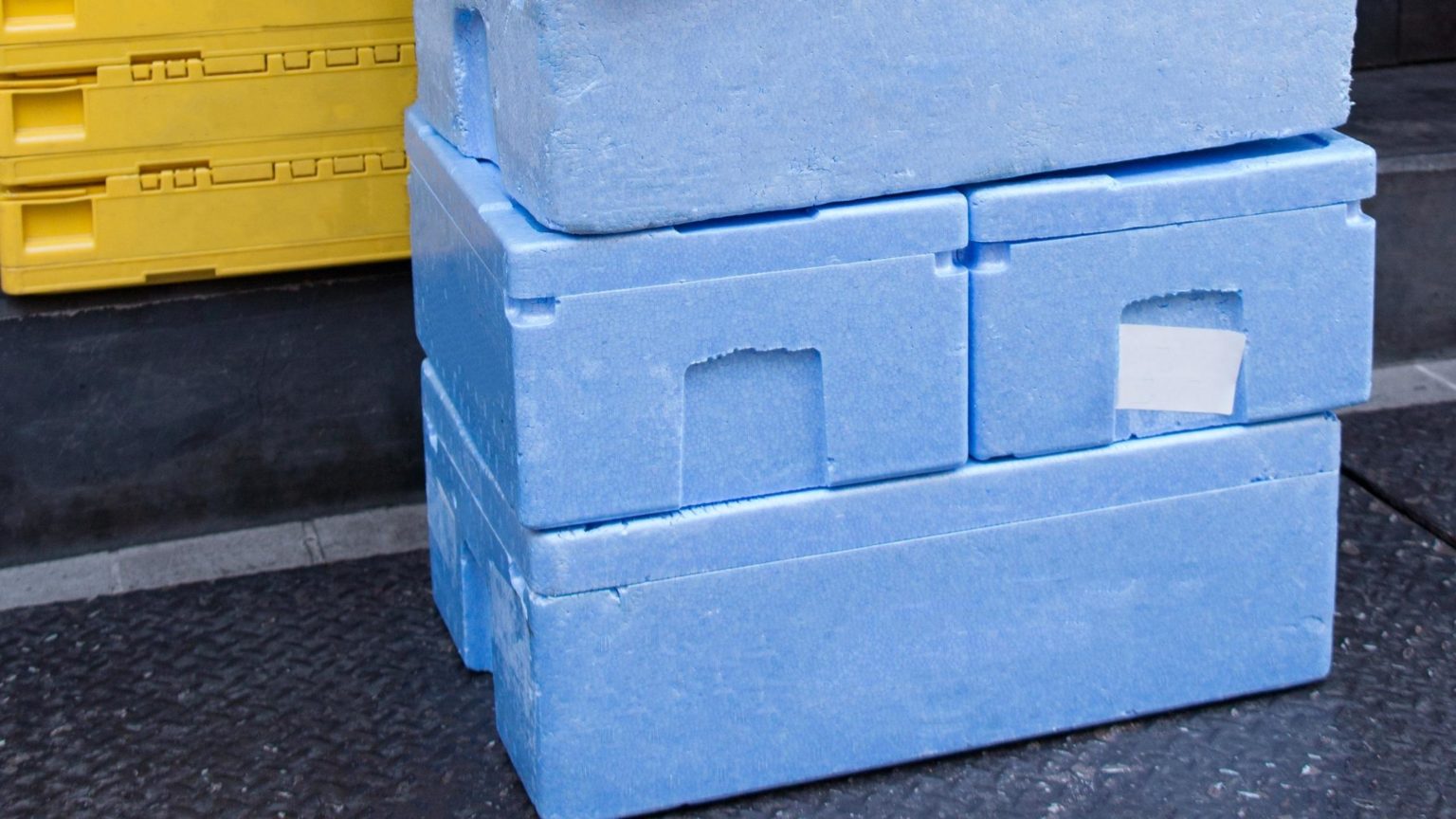Shipping temperature-sensitive items can be a real challenge, especially in warmer months or in warm climates. If you’re not careful about how you plan to ship these perishable items, you can end up with them being ruined by the time they get to their end destination. This can be especially detrimental with incredibly important and public shipments, such as in the case of vaccines.
How Are Coolers Used in Shipping?
Finding the best method to ship perishable items can involve many layers, including insulated mailers, cooler boxes, and even temperature-controlled vehicles. Often, using coolers for your temperature-controlled items is a necessary step to keeping them insulated. Using plastic coolers, similar to those used at family gatherings and parties, can keep your items chilled, but for shipping, they’re not ideal. These boxes can be heavy and expensive, and they’re not the best solution for constantly moving products all around the city, state, or country.
Instead, the best type of shipping cooler box is an EPS shipping container. An EPS shipping cooler is a type of foam container ideal for parcel shipments that may be in transit for two days, and it can handle a temperature range from ambient to frozen. These cooler boxes are usually the second packaging step in a cold chain process, behind using insulated mailers or gel packs.
Cooler boxes not only keep your products at the correct temperature but can also protect against damage, including tearing or puncturing. The lightweight design saves on shipping, making them ideal for routine or recurring deliveries.
If you are developing a cold chain process for perishable goods, such as pharmaceuticals, meats, or desserts, you may consider using insulated coolers for shipping. Insulated coolers are usually the second step in a shipping process or used in conjunction with insulated mailers, ice packs, and a temperature-controlled vehicle.






